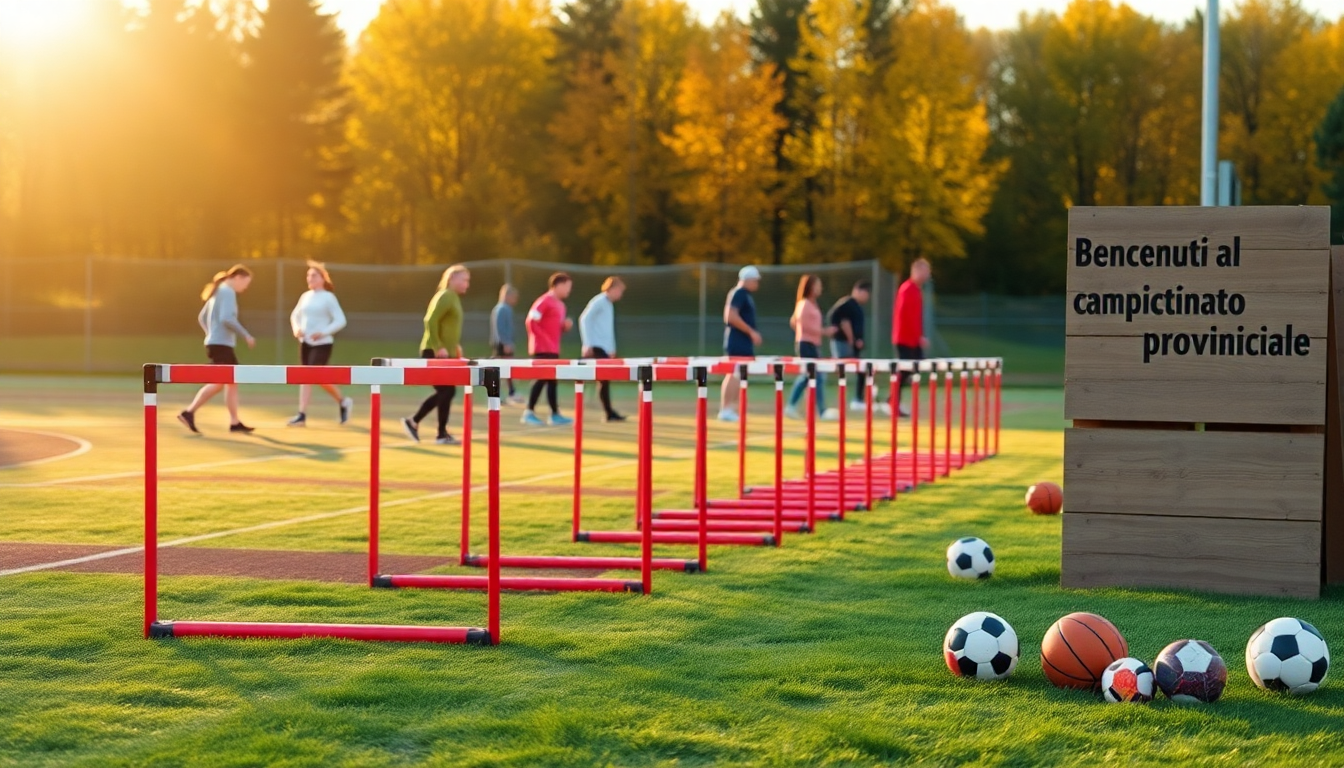Table of Contents
This fall, Alberta is set to introduce new regulations that will prevent transgender athletes from competing in women’s amateur sports within the province. However, there’s a twist: transgender competitors from other regions will still be allowed to participate. This policy shift has sparked a lively debate surrounding fairness, safety, and the broader implications for the transgender community. So, what does this all mean?
Breaking Down the New Regulations
Starting September 1, Alberta will prohibit transgender athletes aged 12 and older from taking part in female amateur sports. This decision is part of a wider set of changes initiated last year by the United Conservative Party government, under Premier Danielle Smith. Andrew Boitchenko, the Minister of Tourism and Sport, has pointed out that Alberta does not possess the authority to regulate athletes from outside the province, leading to what many view as an inconsistency in policy.
Vanessa Gomez, a spokesperson from the Ministry, explained that these rules aim to prioritize the interests of Alberta athletes while positioning the province as a prime location for national and international sporting events. However, the inconsistency—where local transgender athletes face restrictions while out-of-province competitors are welcomed—has raised eyebrows. Critics argue this undermines the very fairness the regulations are supposed to promote. Does this really create a level playing field?
The Great Debate: Fairness vs. Inclusivity
The new regulations have ignited a heated discussion. Supporters, including Premier Smith, argue that these rules are vital for ensuring competitive equity, stating that biological advantages must be taken into account to protect female athletes. But what about the voices of those who feel marginalized? Opponents argue that this approach stigmatizes transgender individuals, intensifying discrimination against these communities.
Local track athlete Hannah Pilling has shown support for the new rules, suggesting that perhaps similar measures should extend to men’s divisions as well. She acknowledges the challenge of enforcing rules on out-of-province athletes but insists that local competitors shouldn’t face off against those with biological advantages. In contrast, transgender athlete Allison Hadley has criticized the regulations, pointing out that the exemption for out-of-province competitors reveals a lack of genuine commitment to fairness or safety.
What This Means for the Sporting Community
Mark Kosak, the head of the Alberta Colleges Athletic Conference, expressed relief over the regulations allowing out-of-province transgender athletes to compete, fearing that any restriction could jeopardize the hosting of national championships in Alberta. With the conference organizing over 1,000 events each year—many featuring out-of-province competitors—he emphasized the importance of inclusivity. Interestingly, he noted that there are currently no transgender athletes competing in his conference.
The implementation of these regulations will depend on a complaint-driven process, requiring female athletes to validate their sex registration at birth. This raises serious concerns about privacy and the potential humiliation of young girls subjected to scrutiny over their physical appearance. A leading LGBTQ+ advocacy group’s legal director has labeled this validation process a significant invasion of privacy, warning it could lead to increased public scrutiny of women’s bodies. Is this the kind of environment we want for young athletes?
Despite the controversy, the government insists its ultimate aim is inclusivity, with plans to boost grants encouraging sporting organizations to create coed divisions where possible. However, officials like Kosak argue that implementing such divisions across most sports may not be practical. They emphasize the need for realistic solutions that consider the interests of all athletes involved. So, how can we balance fairness and inclusivity in sports moving forward?


